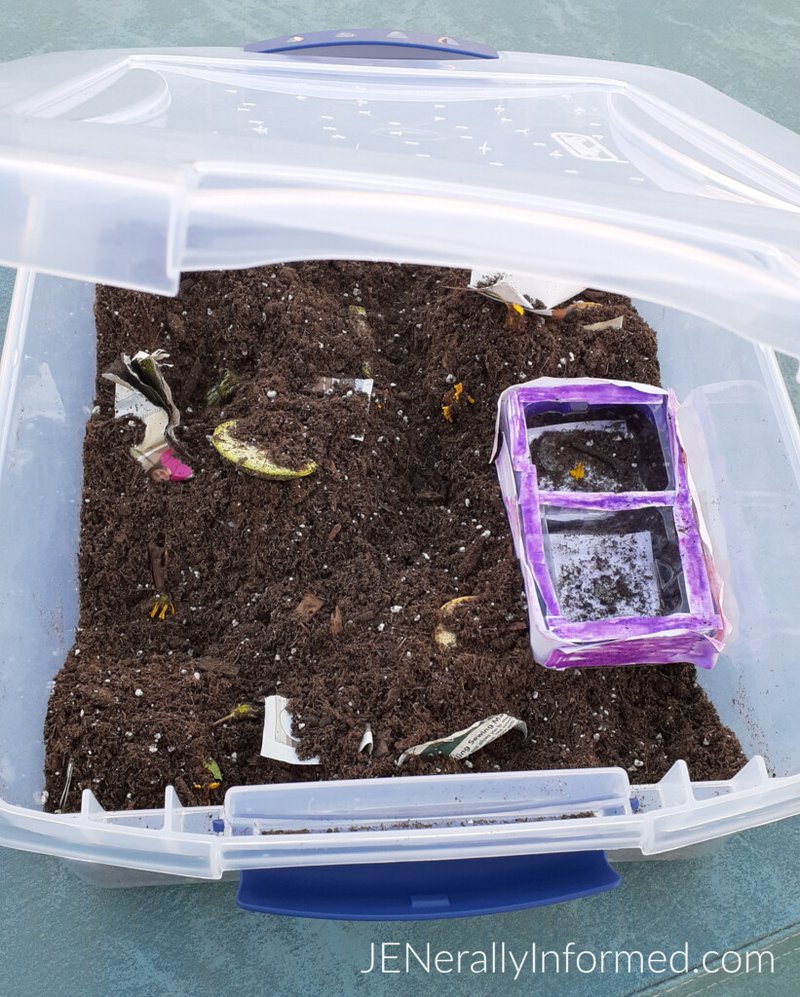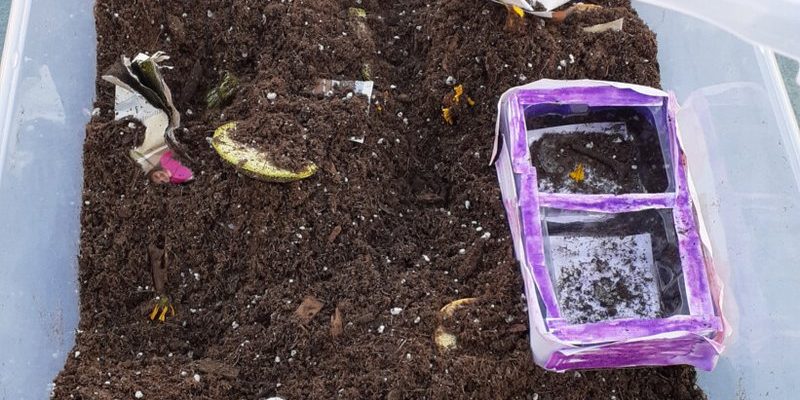
Creating a habitat garden for inchworms is about more than just planting some greenery; it’s about building a mini-ecosystem that encourages these creatures to thrive. You might be wondering how to get started or what plants to choose. Don’t worry! I’m here to guide you through the process, helping you transform your garden into a lively observation deck for these charming little critters.
Understanding Inchworms: The Stars of Your Garden
Inchworms aren’t actually worms; they’re the larvae of moths and belong to the Geometer moth family. You might recognize them as they move in a distinctive looping motion, which is how they got their name. These little guys can be surprisingly colorful and vary in size, so they make for an engaging observation experience.
When you’re planning a habitat garden, it’s essential to know what inchworms eat. They love munching on the leaves of certain trees and shrubs, so including these in your garden will increase your chances of seeing them. Common favorites include **maple**, **oak**, and **apple trees**. Ensure your garden has a good variety of these plants to create a buffet for your inchworm guests.
Here’s the thing: inchworms are also sensitive to their environment. If your garden isn’t friendly and hospitable, they might just stay away. That’s why fostering the right conditions is crucial.
Choosing the Right Plants for Your Habitat Garden
To attract inchworms, you’ll want to create a habitat garden filled with plants they enjoy. Here’s a simple gardening rule: the *more variety, the better*. Consider planting the following:
- **Deciduous Trees**: Oaks, maples, and willows provide tasty leaves.
- **Shrubs**: Plants like rose bushes and viburnum can also be great dining options.
- **Ground Cover**: Low-growing plants like clover can offer inchworms a cozy spot to hide.
Don’t be afraid to think outside the box! You can also plant flowering plants to attract butterflies and other beneficial insects, which might help support the inchworm population. Native plants are often a hit since they’re adapted to your local environment and will thrive without much fuss.
As your plants grow, you’ll notice inchworms will begin to appear, especially in the spring and early summer. It’s like setting up a buffet, and inchworms are your hungry guests!
Creating a Comfortable Environment
Now that we’ve got the plants sorted, let’s chat about how to create a cozy environment for inchworms. They thrive in moist, shady areas, so consider the following:
1. **Shade**: Place taller plants or trees to cast some shade over the area. This will make it feel like home for your inchworms.
2. **Moisture**: Regularly watering your plants ensures the soil remains moist. You might even consider adding a small fountain or birdbath, which can help maintain humidity.
3. **Natural Mulch**: Adding a layer of mulch can help retain moisture in the soil while also providing a habitat for beneficial insects that live in the soil, which can support your inchworms.
Remember to avoid pesticides! Chemicals can harm inchworms and disrupt the local ecosystem you’re working hard to build. Think of your garden as a little wildlife sanctuary.
Observing Inchworms: Tips and Tricks
When your habitat garden starts buzzing with inchworms, you’ll want to get the most out of your observation experience. Here are some handy tips:
– **Patience is Key**: Finding inchworms might take time. They often blend in with leaves, so take your time and look closely.
– **Best Times to Observe**: Early mornings and late afternoons are great times to spot them as they’re more active during cooler parts of the day.
– **Use a Magnifying Glass**: If you have one, it’ll help you see the intricate details of an inchworm’s body and how it moves. This can add an exciting layer to your observations!
– **Keep a Journal**: Documenting what you observe can heighten your experience. Note down any interesting behaviors, colors, or patterns. You could even sketch your inchworm discoveries!
Remember, inchworms have a life cycle, so you might see them change as the seasons pass. It could be fascinating to track their growth and changes right in your backyard.
Encouraging Other Local Wildlife
While inchworms are the stars of your garden, why not invite some friends? Other wildlife can also add to your observation joy. Birds, butterflies, and even beneficial insects like ladybugs can enhance the ecosystem. Here are some ideas:
– **Birdhouses and Feeders**: By adding birdhouses or feeders, you’ll attract birds that can help control pests while also providing great entertainment as they swoop around.
– **Butterfly Gardens**: Include plants that attract butterflies. They often flutter in and around inchworm territory, making your garden lively.
– **Insect Hotels**: These little structures provide shelter for various beneficial insects. They help maintain the balance of nature in your garden.
Incorporating these aspects ensures that your habitat garden becomes a mini-environment teeming with life. When nature thrives, inchworms will follow!
Enjoying the Process
Creating a habitat garden for inchworm observation is a journey, not a sprint. You’re cultivating a space where you can enjoy the wonders of nature right outside your door. Watching inchworms inch along while sipping tea or reading a book can bring unexpected moments of joy and tranquility.
Remember to take your time and appreciate the little things, like the way a leaf flutters in the breeze or the gentle rustle of an inchworm munching on a leaf. Your garden can become a place of wonder, learning, and relaxation.
So, grab your gardening gloves and get started! With a little effort, your garden will be a sanctuary, not just for inchworms but for all sorts of delightful creatures. Happy gardening!

